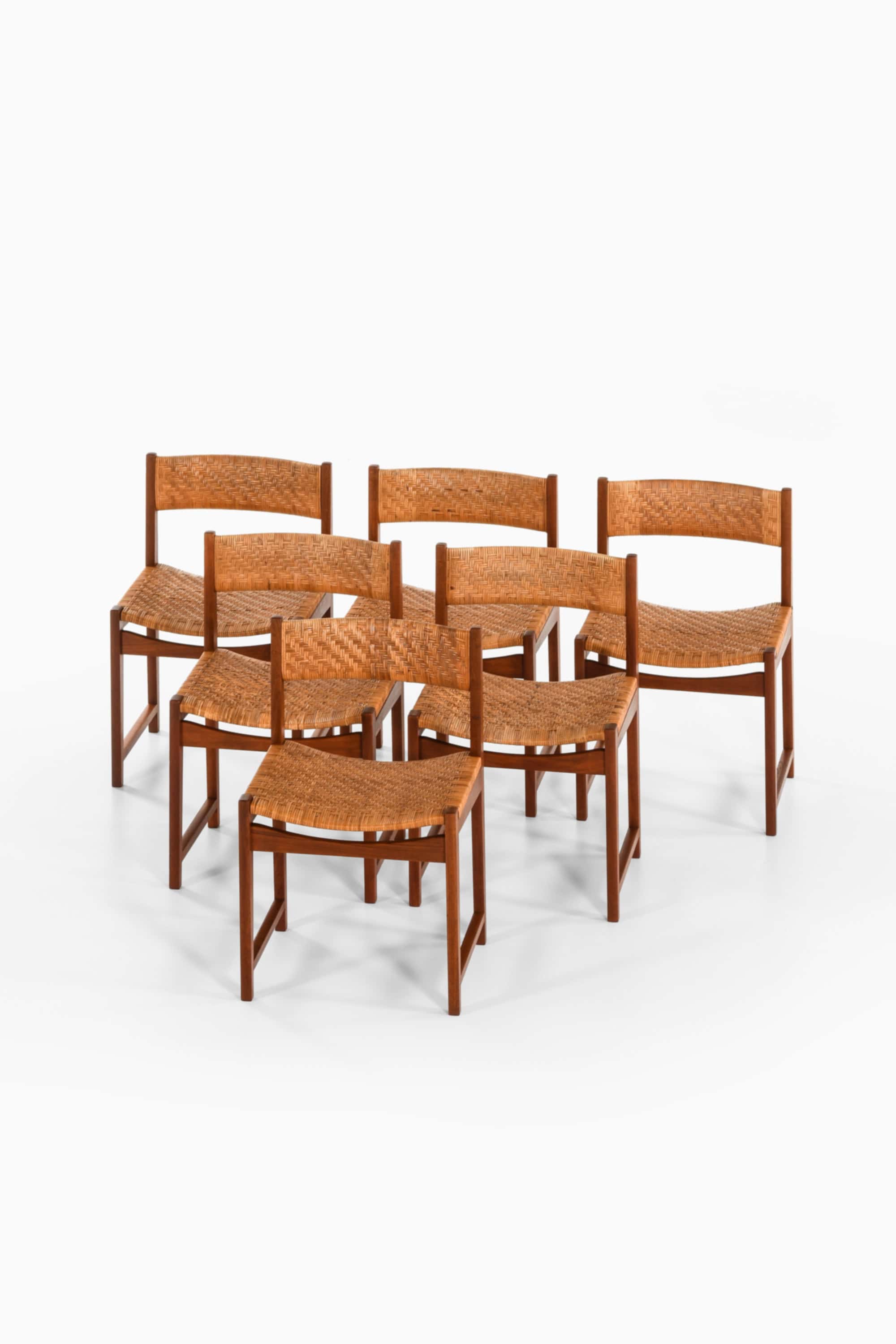
Peter Hvidt
Peter Hvidt (1916–1986) was a prominent Danish architect and furniture designer best known for his influential role in shaping mid-century modern Scandinavian design. He was born in Copenhagen and trained at the School of Arts and Crafts in the same city, originally as an architect and cabinetmaker.
In 1944, Hvidt established his own studio and began to develop furniture that balanced simplicity with innovation. A key moment in his career came in 1945 when he designed the "Portex" chair, one of the first Danish chairs intended for export. The chair was notable for being easy to disassemble and package flat—a forward-thinking solution at the time. This chair was also significant for its use of laminated wood, signaling Hvidt's interest in industrial techniques combined with traditional craftsmanship.
In 1944, Hvidt formed a long-standing partnership with Orla Mølgaard-Nielsen, and together they created numerous furniture pieces under the firm Hvidt & Mølgaard. The duo is especially known for designs such as the AX Chair (1950), produced by Fritz Hansen, which was one of the first Danish chairs made using bent plywood in both seat and backrest. This design placed them at the forefront of Danish modernism and became an international symbol of post-war Scandinavian design.
Hvidt & Mølgaard’s work gained wide recognition and was featured in numerous exhibitions internationally. Their designs were exhibited at MoMA (The Museum of Modern Art in New York), the Milan Triennale, and Designmuseum Danmark, helping to popularize Danish design abroad. The AX Chair was even included in the MoMA's Good Design exhibitions during the 1950s.
In addition to furniture, their studio was involved in architectural design. Notable architectural works include office buildings and factories for companies such as De Danske Sukkerfabrikker and buildings for the Langelinie Pavilion in Copenhagen. Later, their studio collaborated on projects including the design for the new Little Belt Bridge, completed in 1970.
Though Hvidt received fewer solo accolades compared to his contemporaries, his collaborative works have been awarded and featured in numerous critical publications and exhibitions focusing on Scandinavian design of the twentieth century.
Hvidt retired from active design in the late 1970s, and his legacy continues to influence modern designers and collectors worldwide. His work is valued for its balance of function, clarity, and elegance, as well as its innovative use of materials.


Peter Hvidt & Orla Mølgaard-Nielsen dining chairs
(6 PCS)
Peter Hvidt & Orla Mølgaard-Nielsen side table

Peter Hvidt & Orla Mølgaard-Nielsen easy chairs

Peter Hvidt & Orla Mølgaard-Nielsen coffee table

Peter Hvidt & Orla Mølgaard-Nielsen bookcase

Peter Hvidt & Orla Mølgaard-Nielsen easy chair

Peter Hvidt & Orla Mølgaard-Nielsen side tables
(2 PCS)
Peter Hvidt & Orla Mølgaard-Nielsen bookcase

Peter Hvidt & Orla Mølgaard-Nielsen easy chairs
(2 PCS)